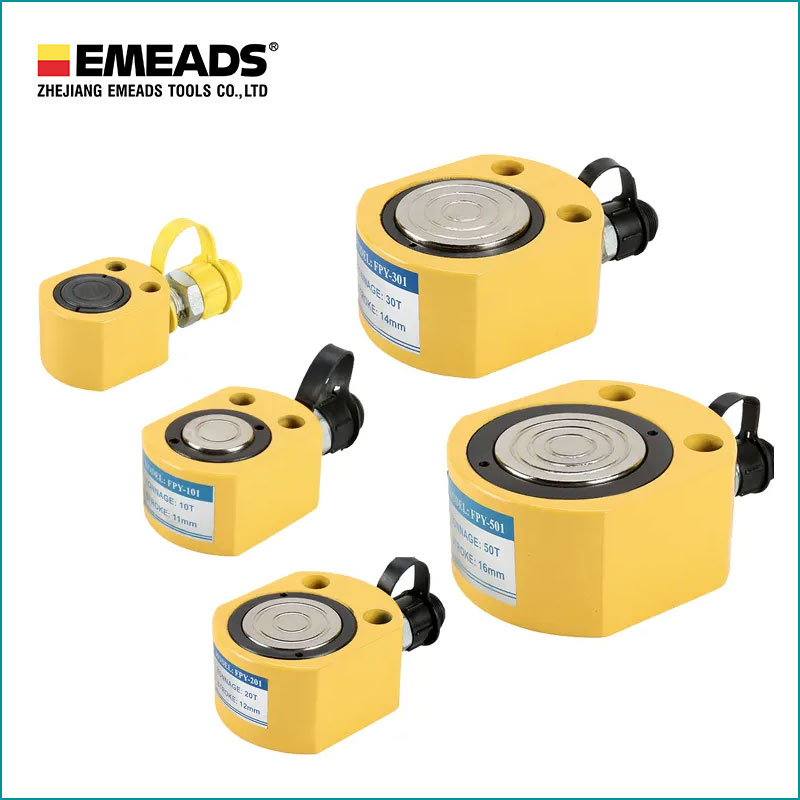- English
- Español
- Português
- русский
- Français
- 日本語
- Deutsch
- tiếng Việt
- Italiano
- Nederlands
- ภาษาไทย
- Polski
- 한국어
- Svenska
- magyar
- Malay
- বাংলা ভাষার
- Dansk
- Suomi
- हिन्दी
- Pilipino
- Türkçe
- Gaeilge
- العربية
- Indonesia
- Norsk
- تمل
- český
- ελληνικά
- український
- Javanese
- فارسی
- தமிழ்
- తెలుగు
- नेपाली
- Burmese
- български
- ລາວ
- Latine
- Қазақша
- Euskal
- Azərbaycan
- Slovenský jazyk
- Македонски
- Lietuvos
- Eesti Keel
- Română
- Slovenski
- मराठी
- Srpski језик
What are the technical requirements for hydraulic cylinder assembly?
2025-08-07
In heavy machinery such as construction machinery and metallurgical equipment, hydraulic cylinders serve as the core of power execution. The level of assembly technology directly determines the equipment's operating accuracy and service life. Behind seemingly standardized assembly processes lies an unwavering pursuit of millimeter-level precision and in-depth consideration of complex operating conditions.

Cleanliness control can be called the "first line of defense" in the assembly process. When the piston rod is mated with the cylinder barrel, even 0.1 mg of impurities may scratch the sealing elements, thereby causing potential oil leakage. Therefore, the assembly workshop must maintain the Class 7 cleanliness standard. Components must undergo dual treatment of ultrasonic cleaning and high-pressure air blowing before assembly to ensure that the inner wall roughness is controlled within Ra0.8μm. Such near-rigorous cleanliness requirements are the prerequisite for hydraulic cylinders to maintain long-term sealing under high-pressure working conditions.
Controlling fit precision also tests technical capability. The clearance between the piston and the cylinder barrel must be controlled within 0.03-0.05mm, ensuring both flexible movement and leakage prevention. The coaxiality error between the guide sleeve and the piston rod must not exceed 0.02mm/100mm; otherwise, it will aggravate uneven wear and lead to shortened service life. Test data from a heavy machinery factory shows that hydraulic cylinders strictly adhering to assembly tolerance standards have a failure-free operation time more than twice as long as those with ordinary assembly.
The assembly process of the sealing system is directly related to operational reliability. Whether it is matching the groove size of the O-ring or the installation direction of the combination seal, the assembler relies on experience and specialized tools for precise operation. In high-pressure hydraulic cylinders, the stepped assembly method for installing step seals can reduce the probability of seal failure to less than 0.3‰. For continuously operating equipment such as mining machinery, this means a 30% reduction in annual downtime for maintenance.
With the advancement of intelligent production, assembly technology is entering a new stage of digitalization. 3D measuring instruments monitor critical dimensional deviations in real time, torque wrenches record the preload of each bolt, and an MES system provides full assembly process traceability—these technologies have increased the hydraulic cylinder assembly qualification rate to 99.7%. Furthermore, a low-temperature assembly process developed for extreme operating conditions allows hydraulic cylinders to maintain over 80% of their rated output force even at -40°C.
Currently, hydraulic equipment is moving towards higher pressure and integration, placing higher demands on assembly technology. An industry report indicates that hydraulic cylinders using precision assembly technology can reduce overall energy consumption by 15%. Amidst the wave of manufacturing upgrades, improved assembly processes not only guarantee quality but also demonstrate a company's core competitiveness, driving the hydraulic industry towards efficiency, reliability, and intelligence.



